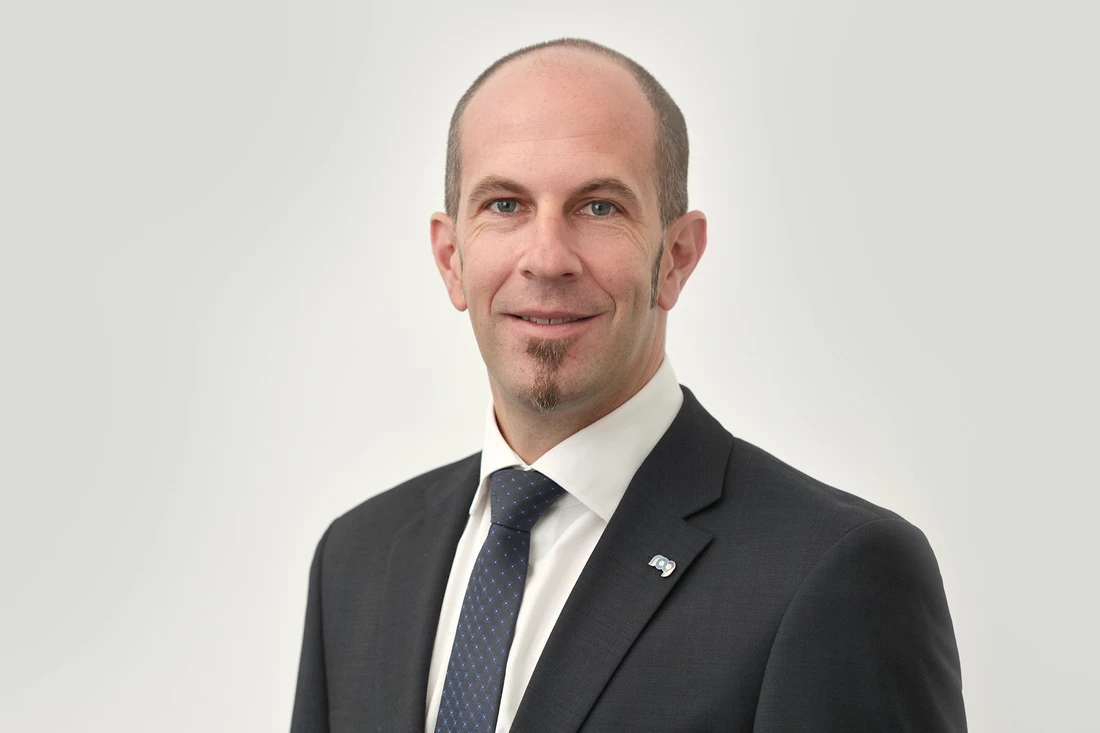Currently, an in-depth feasibility study and the conceptual design of a first PV project with an electrolysis capacity of 100 MW near Lviv is underway. This project is the basis for a subsequent upscaling.
As part of an in-depth feasibility study on central project parameters (technical, economic, regulatory, etc.), the initial assumptions of the project were confirmed. This forms the basis for detailed project planning, which will be carried out from mid 2025.The results of the feasibility study will serve the project consortium as a decision-making basis for next steps for the further development and implementation of the "H2EU+Store" project.
The first quantities of hydrogen could be produced in Ukraine from 2028. These quantities will initially be blended with natural gas in the existing gas pipelines until dedicated hydrogen pipelines are available. This requires technical reviews of the gas pipeline infrastructure and adjustments to the storage infrastructure, which have already been extensively examined. The basis for this, however, is a reliable political and regulatory framework. In perspective, significant quantities of green hydrogen can be expected from 2032.
The project is structured in phases and is timed to match the development of new Ukrainian renewables (PV/wind/hydro) and electrolysis capacity, as well as the conversion of the transport infrastructure and storage facilities:
- Phase 1 (2030): Realization of 60,000 t/a H2
- Phase 2 (2031 - 2040): Increase to 500,000 t/a H2 by 2040
- Phase 3 (2041 - 2050): Increase to 1 Mio. t/a H2 by 2050
Ukraine is considered to be one of the most promising nations for large-scale and high-volume hydrogen production on the mainland of Europe: the land areas, as well as the solar, wind and biogas potential are enormous. In addition, Ukraine also has sufficient water resources.
Also of central importance is the fact that Ukraine, as a neighboring country to the EU, has access to inter-border gas infrastructure.
The hydrogen produced can be transported from Ukraine to Central Europe using the existing gas transit infrastructure. This is supported by the European Commission's Hydrogen Strategy, which recognizes Ukraine as one of the EU's key partners for hydrogen ramp-up.
The implementation of an energy partnership with Ukraine is accelerated by the support of partners along the entire value chain of climate-neutral hydrogen. All project partners therefore welcome broad support for the "H2EU+Store" project. H2EU+Store is open for additional partners along the hydrogen supply chain from Ukraine to Germany. As the project initiator, RAG Austria coordinates potential new members for the project consortium.
Legislative proposals for a new legislative package for the hydrogen and gas markets have been worked on at EU level for some time now. An effective legal framework should be introduced promptly to ensure certification, guarantees of origin, labelling and tradability of hydrogen in all member states as well as with third countries. The anticipated hydrogen ramp-up will not take place without an effective legal framework. Especially at the beginning, flexible tools are essential.
Infrastructure conversion/construction must be examined in each case on the basis of regional conditions. The European gas transmission system is already well developed and is therefore an important building block for a climate-neutral energy supply. As part of the European Hydrogen Backbone Initiative, the leading European gas transmission system operators are driving the development of a hydrogen transport infrastructure and developing a common vision for a transnational hydrogen pipeline infrastructure for in Europe. The use of existing gas pipelines for hydrogen transport can save a considerable amount of time and money. By shifting natural gas transports to parallel pipelines or alternative transport routes, individual pipeline systems can be removed from the natural gas system and used as hydrogen pipelines instead. Our partners from the network operator side are continuously working on hydrogen conversion concepts and projects for the development of a hydrogen transport infrastructure within the framework of network development. The Europe-wide integrated hydrogen transport network will be built largely on the basis of the high-performance gas pipeline infrastructure that is already in place today.
In Austria, the Ukrainian hydrogen should mainly be fed into the storage facilities of RAG and can be used flexibly and according to demand in all sectors (electricity, mobility, heat and industry) in Austria and Southern Germany.
The hydrogen project "H2EU+Store" is planned for several decades beyond 2050, and as a project consortium we stand united in our commitment to Ukraine's great potential for large-scale hydrogen production.
 ©
©
 ©
©

